Stable Coronary Artery Disease
Stable coronary artery disease. Patients with acute coronary syndromes and severe multivessel or left main coronary artery disease have better outcomes when prompt revascularization is performed in addition to optimal medical therapy OMT. Guideline for Stable Coronary Artery Disease Sociedade Brasileira de Cardiologia Sociedade Brasileira de Cardiologia. Eighty-nine patients suspected of stable.
In this article we reappraise the causes of angina based on new insights into coronary pathophysiology. 1 T2DM has a major impact on survival and quality of life especially among patients diagnosed at a younger age. 2 linhas Stable coronary artery disease CAD refers to a reversible supplydemand mismatch related to.
Stable coronary artery disease refers to a reversible supplydemand mismatch related to ischemia a history of myocardial infarction or the presence of plaque documented by catheterization or computed tomography angiography. Elective coronary revascularization with medical therapy among patients with stable coronary artery disease was associated with superior clinical outcomes compared with medical therapy alone according to results of a systematic review and meta-analysis published in the European Heart Journal. Stable coronary artery disease CAD or SIHD refers to the syndrome of recurrent transient episodes of chest pain reflecting demand-supply mismatch that is angina pectoris.
Caruba Thibaut et al. Coronary artery disease CAD is one of the most prevalent diseases around the world. However in patients with stable ischemic heart disease randomized strategy trials have revealed equipoise between initial strategies of OMT alone and OMT plus revascularization.
Coronary artery disease CAD is a pathological process characterized by atherosclerotic plaque accumulation in the epicardial arteries whether obstructive or non-obstructive. Management of Stable CAD. Patients are considered stable if they are asymptomatic or their symptoms are controlled by medications or revascularization.
2 Although all complications of T2DM are important cardiovascular disease in general and coronary artery disease. Researchers searched publication databases for randomized trials of revascularization and. A Network MetaAnalysis of Cost-Effectiveness Studies.
In patients with stable coronary heart disease and preserved left ventricular function who are receiving current standard therapy and in whom the rate of cardiovascular events is lower than. View Summary 3docx from EPPS 2301 at University of Texas Dallas.
However in patients with stable ischemic heart disease randomized strategy trials have revealed equipoise between initial strategies of OMT alone and OMT plus revascularization.
Patients with acute coronary syndromes and severe multivessel or left main coronary artery disease have better outcomes when prompt revascularization is performed in addition to optimal medical therapy OMT. However finding the best noninvasive low-cost and more easily accessible test for its screening has been a challenge for several years. Guideline for Stable Coronary Artery Disease Sociedade Brasileira de Cardiologia Sociedade Brasileira de Cardiologia. Management of Stable CAD. The crucial issues in optimal medical therapy to improve prognosis and reduce angina symptoms are secondary prevention effective control of concomitant diseases risk factors and medical treatment. Elective coronary revascularization with medical therapy among patients with stable coronary artery disease was associated with superior clinical outcomes compared with medical therapy alone according to results of a systematic review and meta-analysis published in the European Heart Journal. Patients with known cardiovascular disease who have not had a recent acute event are often referred to as having stable coronary artery disease CAD. This process can be modified by lifestyle adjustments pharmacological therapies and invasive interventions designed to achieve disease stabilization or regression. 2 Although all complications of T2DM are important cardiovascular disease in general and coronary artery disease.
Among patients with stable coronary disease and moderate or severe ischemia whether clinical outcomes are better in those who receive an invasive intervention plus medical therapy than in. The crucial issues in optimal medical therapy to improve prognosis and reduce angina symptoms are secondary prevention effective control of concomitant diseases risk factors and medical treatment. 7 This includes a balanced low-glycemic index diet high in fibers and vegetables and low in saturated fat. 2 Although all complications of T2DM are important cardiovascular disease in general and coronary artery disease. Elective coronary revascularization with medical therapy among patients with stable coronary artery disease was associated with superior clinical outcomes compared with medical therapy alone according to results of a systematic review and meta-analysis published in the European Heart Journal. Patients with acute coronary syndromes and severe multivessel or left main coronary artery disease have better outcomes when prompt revascularization is performed in addition to optimal medical therapy OMT. View Summary 3docx from EPPS 2301 at University of Texas Dallas.
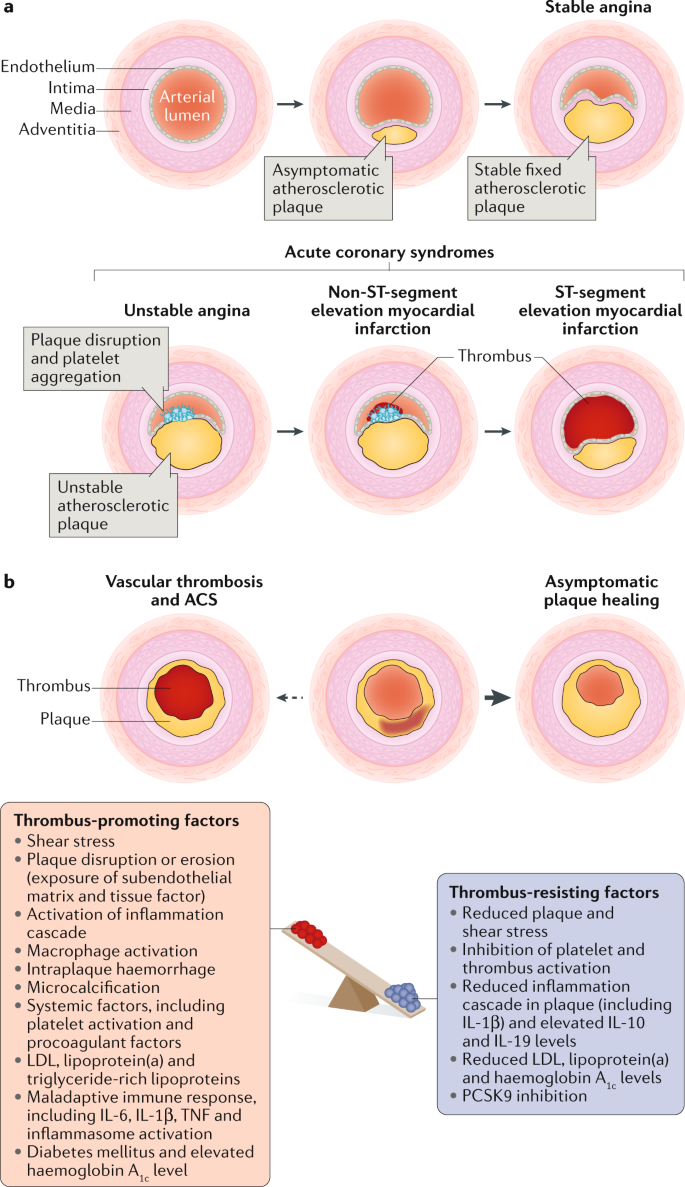













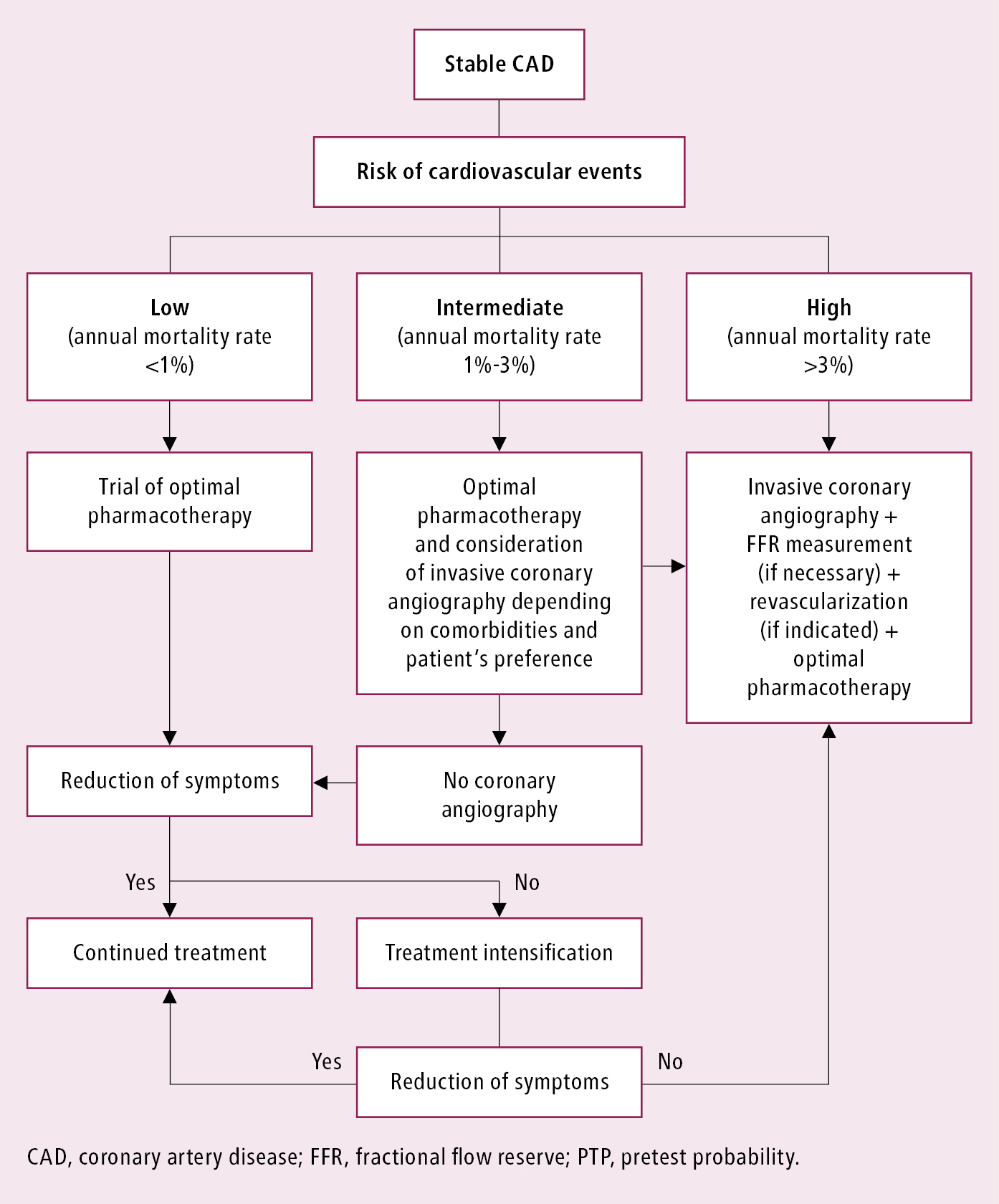












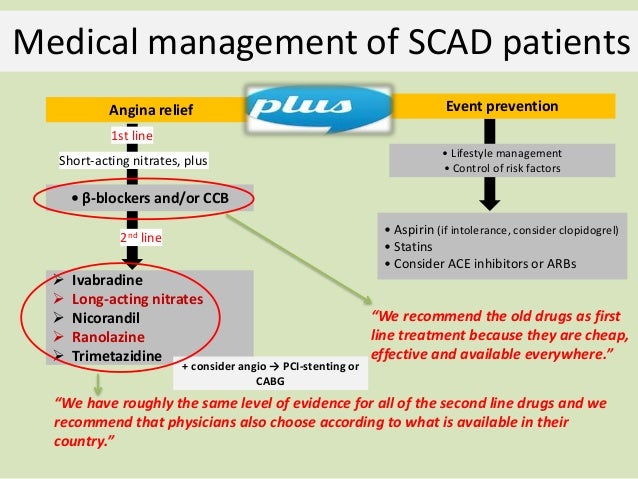


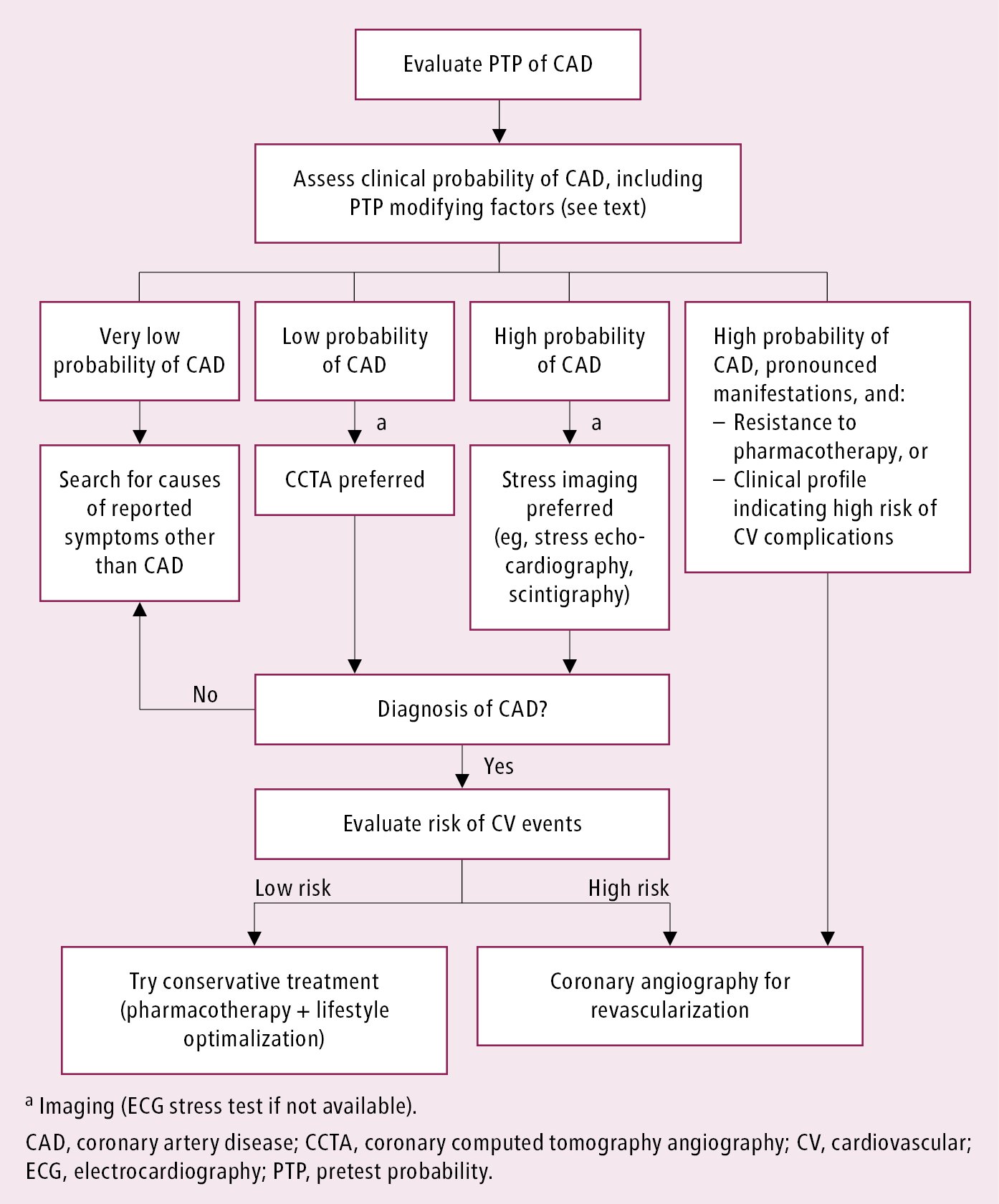




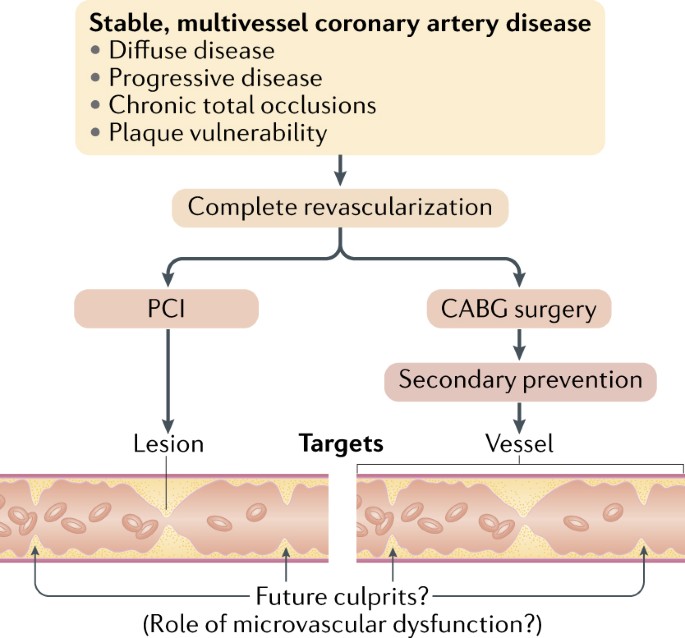



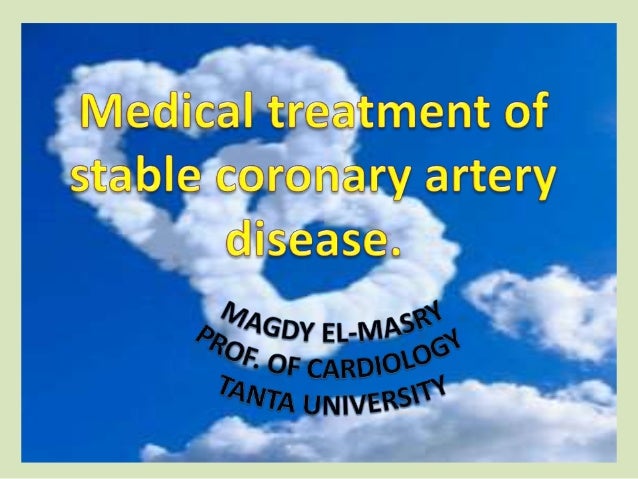







Post a Comment for "Stable Coronary Artery Disease"